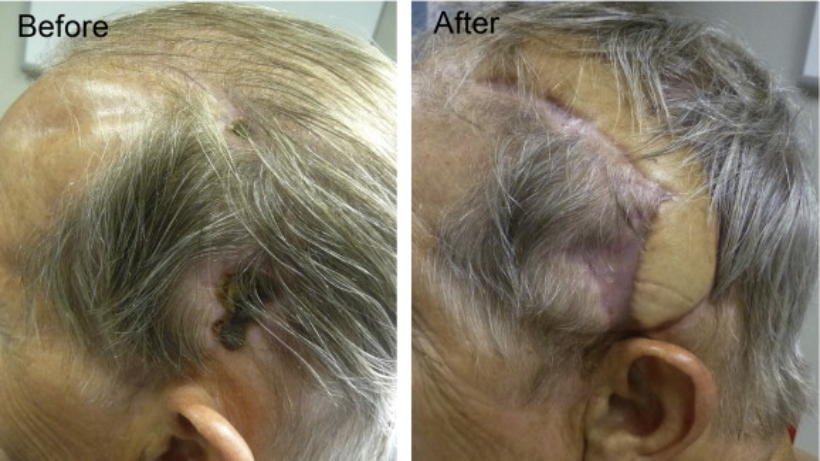
Things You Need to Consider During Rehabilitation After Cranioplasty
31 Aug, 2022
 Healthtrip Team
Healthtrip TeamOverview
Cranioplasty is one of the oldest surgical procedures. The procedure mainly involves the surgical repair of the bone defect in the skull resulting from trauma, infections, tumors, or compression caused by brain edema. However, in most cases, the procedure is done for aesthetic purposes. Apart from the aesthetic benefits, there is clear evidence of the possibility of recovery of cognitive, behavioral, and motor functions. Here we’ve discussed the benefits of the cranioplasty procedure with one of our expert neurosurgeons.
What is cranioplasty?
The surgical repair of a bone defect in the skull caused by a previous operation or injury is known as cranioplasty. There are various types of cranioplasties, but the majority involve lifting the scalp and restoring the contour of the skull using either the original skull piece or a custom contoured graft made from material such as:
Transform Your Beauty, Boost Your Confidence
Find the right cosmetic procedure for your needs.

We specialize in a wide range of cosmetic procedures

- Titanium (plate or mesh).
- Artificial bone substitute (in liquid form).
- Biomaterial that is solid (prefabricated customized implant to match the exact contour and shape of the skull).
Also, read - Cranioplasty Surgery Complications - Risk Associated with Cranioplasty
What should you inform your doctor before undergoing cranioplasty?
Before undergoing a cranioplasty procedure, you should let your doctor know the following:
- If you have any health issues, including blood-clotting issues.
- If you are on blood thinners like warfarin, aspirin, or anti-inflammatory medications.
- Whether you are taking any other medication or have other substance allergies or not.
What are the benefits you can have after cranioplasty?
Before undergoing such an operation, you might be thinking about its benefits and how this will have a positive impact on your overall health and lifestyle. You can ask our experts if you have any queries related to the same.
Apart from improving the aesthetics and confidence of the patient, cranioplasty can also help in relieving headaches resulting from previous trauma or brain injury.
To know more about the benefits of cranioplasty, read Head Shape Surgery - Types, Procedures, Risk, and Cost
What are the things that you should consider during rehabilitation after cranioplasty?
There are certain rules and regulations that you need to follow after cranioplasty.
Most popular procedures in
Laparoscopic Cystect
Upto 80% off
90% Rated
Satisfactory
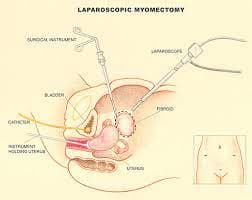
Laparoscopic Myomect
Upto 80% off
90% Rated
Satisfactory
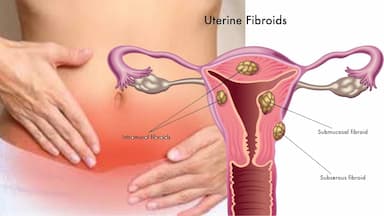
LAVH
Upto 80% off
90% Rated
Satisfactory
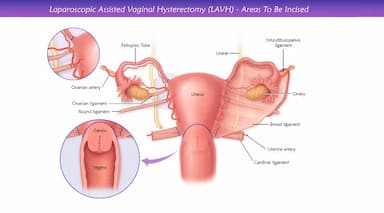
NOTE
Upto 80% off
90% Rated
Satisfactory
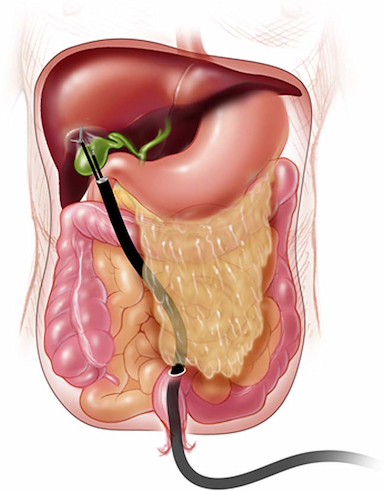
CABG
Upto 80% off
90% Rated
Satisfactory
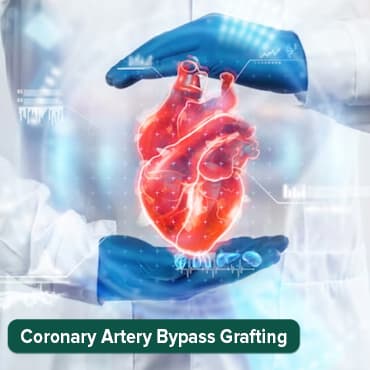
The following are the things that you should take care of during your rehabilitation period.
- Mobility: Patients recovering from a traumatic brain injury (TBI) or stroke frequently have a complex mix of physical, cognitive, psychological, and psychosocial needs. These can vary greatly, and no two cases are alike, but a skull defect adds another layer of complexity to the rehabilitation picture. Positioning, mobilization, and general personal care issues are common.
The cranioplasty reduces the risk of falls through a variety of physiological effects and is likely to boost confidence in approaching and treating these patients.
- Cosmesis: Craniofacial cosmesis is often difficult to measure objectively because it is so subjective to each individual patient. This could have an impact on their rehabilitation, self-esteem, and mental health. However, the role of cosmetic appearance in a patient’s rehabilitation is still debatable.
- Flying: Due to the risk of pneumocephalus expanding at higher altitudes, the Civil Aviation Authority (CAA) recommends waiting at least 7 days after neurosurgical intervention before flying. However, once a patient has fully recovered from cranioplasty, there are no specific restrictions. However, consideration of the underlying brain injury should be reviewed. Flying between decompressive craniectomy and cranioplasty is a much more complicated proposition, and while there are no specific guidelines for this, it should be done whenever possible with the appropriate clinical expertise.
Also, read - Craniotomy Surgery Procedure, Recovery Time
How can we help with the treatment?
If you are in search of cranioplasty surgery in India, we will serve as your guide throughout the treatment. Our health trip advisors will be physically present with you even before the treatment begins. The following will be provided to you:
- Opinions of expert physicians and surgeons
- Transparent communication
- Coordinated care
- Prior appointment with specialists
- Assistance with hospital formalities
- 24*7 availability
- Arrangement for travel
- Assistance for accommodation and healthy recovery
- Assistance in emergencies
We are dedicated to offering the highest quality health care services to our patients. We have a team of highly qualified and devoted health trip advisors who will be by your side from the beginning of your journey.
Wellness Treatment
Give yourself the time to relax
Lowest Prices Guaranteed!

Lowest Prices Guaranteed!